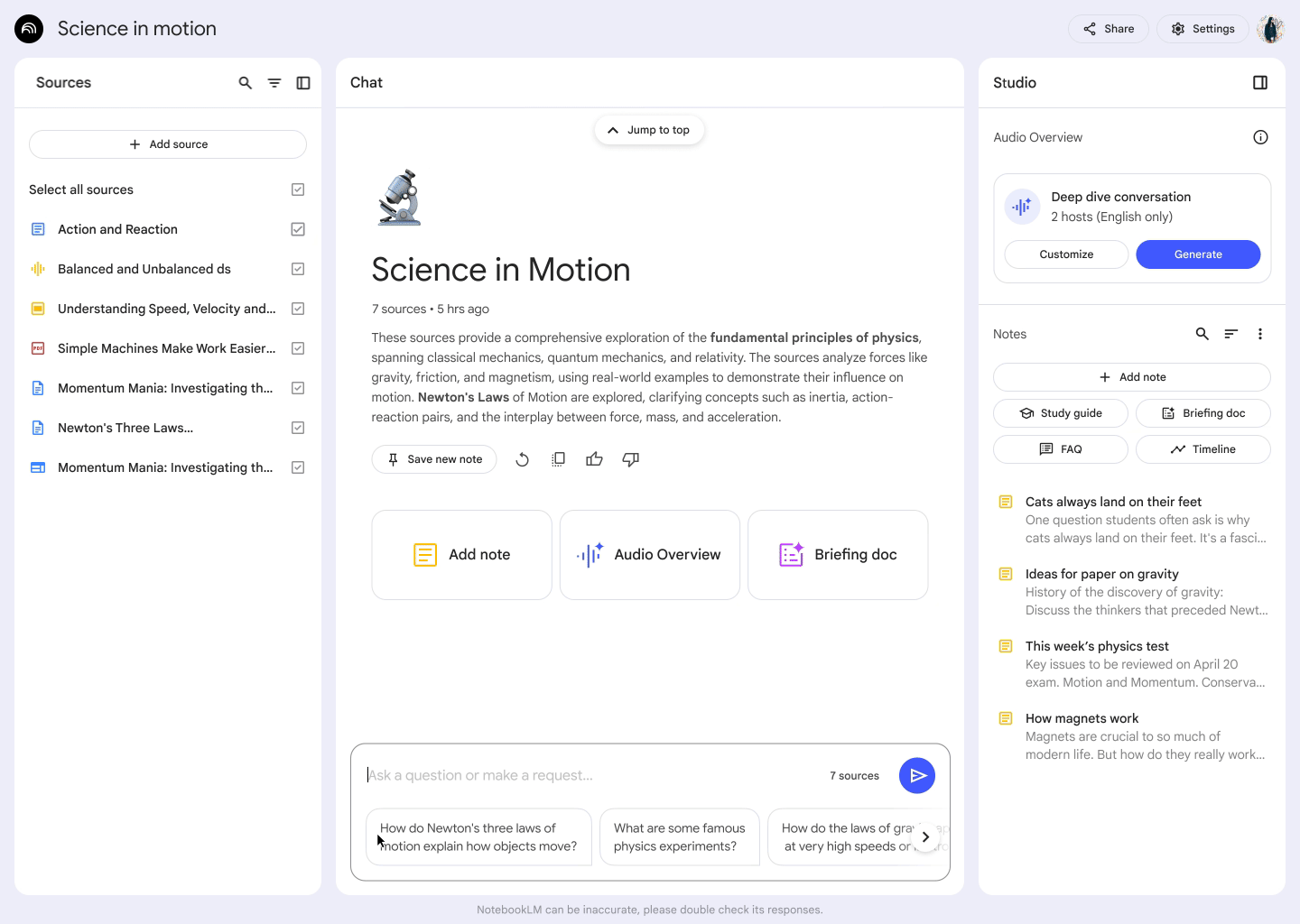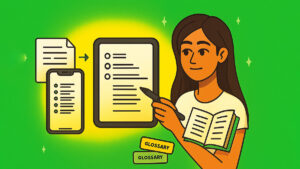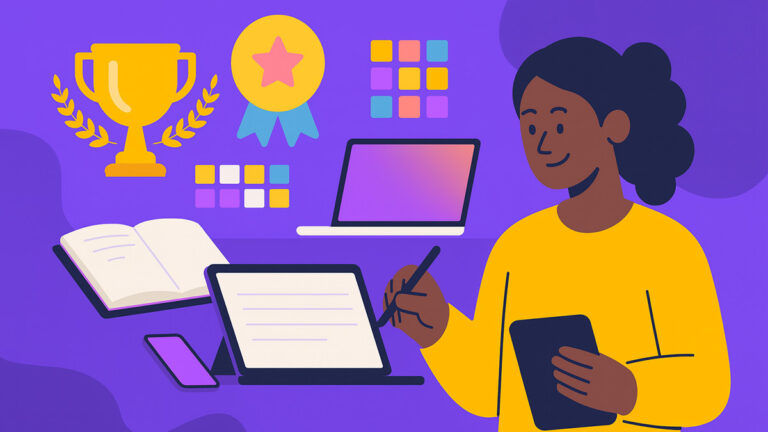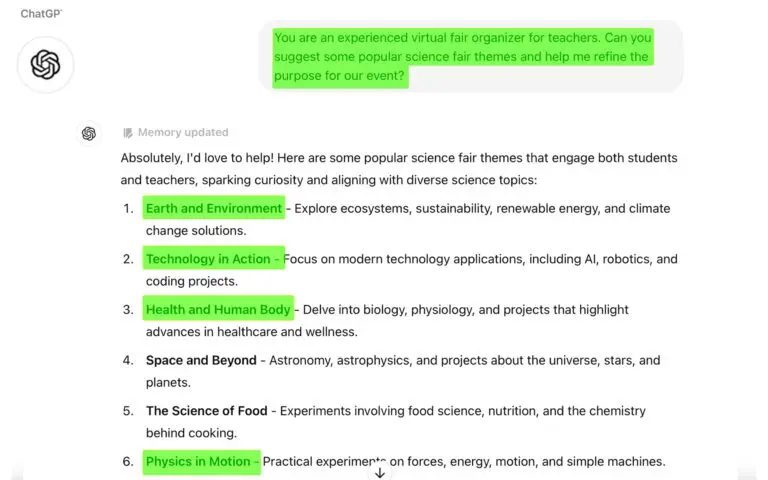In a world where lectures, meetings and content streams are nonstop, smart note-taking isn’t just helpful—it’s essential. For both students and teachers, choosing the right AI-powered note-taker can transform raw material into organized, actionable knowledge. Below are five top apps that excel in this space—ranked from most specialized to more general productivity tools.
1. NotebookLM (by Google)

Why it leads the list
- NotebookLM is explicitly positioned as an AI-first notebook and research assistant: you can upload PDFs, slide decks, websites, YouTube links, and then ask the system questions or request summaries of your documents. (Computerworld)
- It uses Google’s Gemini model under the hood, meaning it can handle richer queries (explain this concept, turn this reading into a study guide) rather than just raw transcription. (DataCamp)
- For students: upload lecture slides + reading material → ask “what are the key points?”, generate quiz questions, etc. Teachers can use it to turn class materials into structured lesson content or study guides.
- Because it’s grounded in your own uploaded content, you avoid the generic-note problem: the AI works off what you provided.
- According to reviews it is still “not yet a fully centralized note-taking app” (i.e., it may sit alongside your main workflow) but is extremely promising. (The Business Dive)
Use case tips for students & teachers
- Before class/lecture: upload the slides, any assigned reading PDFs. Ask: “What prior knowledge do students need? What questions will be covered?”
- Post-lecture: paste transcript or upload reading + your own notes → ask: “Summarize in 300 words. Then generate five quiz questions with answer keys.”
- Teachers: compile multiple student sources (e.g., class discussion transcripts) into NotebookLM to generate a refined summary you can share.
2. Polar Notes AI

Why it’s highly suited
- Polar Notes AI is tailored for students and teachers to upload lectures, slides, YouTube links or PDFs and instantly turn them into organized notes.
- Generates study assets: “key terms”, section headings, summaries, and even flashcards. Teachers can use it to turn long class sessions into compact review materials.
- Works especially well where audio/lecture + visual input is present — e.g., flipped classroom, AP-courses, college-level seminars.
- They also own the largest AI prompt library for students and teachers which can be used for AI note taking
Use case tips
- Student: record class lecture, upload the MP3 (or link) into Polar Notes → automatic summary + flashcard deck. Use that deck for spaced review.
- Teacher: upload your prepared slide deck and lecture script ahead of time → ask Polar Notes to generate a “one-page summary for students” and share.
- Use exported results (Google Docs or PDF) for handing out to students or incorporating into LMS.

3. ChatGPT (as a note-taking assistant)

Why this general-purpose tool makes the list
- While ChatGPT is not strictly a dedicated “note-taker app”, many students and teachers use it to convert transcripts, slides or audio into structured notes, summaries, quizzes and lesson plans. (Kangaroos)
- It supports features like recording meetings/transcripts (in certain versions) and summarising them into action items, key takeaways. (OpenAI Help Center)
- For educators: good for brainstorming, generating content, turning raw input into digestible formats. For students: ask it to “clean these notes and highlight top 5 learning points”.
Considerations
- Because it’s more “open” it requires more prompt-crafting and some manual vetting.
- Teachers should ensure academic integrity when using generative AI for student materials. (Digital Learning Institute)
SEO keywords
ChatGPT note taking, AI summary notes ChatGPT, teacher prompts ChatGPT, students use ChatGPT for notes.
4. Notion AI

Why it’s strong for integrated workflows
- Notion AI is embedded into the broader Notion workspace, meaning notes, docs, tasks, databases and meeting transcripts all live together. (Notion)
- Its “AI Meeting Notes” feature records/transcribes audio (Zoom/Google Meet/Teams) and then generates summaries, action items, searchable transcripts. (Notion)
- For teachers: build a class wiki + AI-powered summary system; students: use Notion to capture research and ask the AI to “explain this topic”.
Use case tips
- After a class discussion or faculty meeting: use “/meet” in Notion → capture conversation → automatically generate summary and action list.
- Build your knowledge base: store slide decks, handouts, student questions in Notion → use AI to surface “which topics did we cover least?”
- For students: maintain one Notion workspace for research + notes + assignments; use AI blocks to summarize research articles or peer notes.
SEO keywords
Notion AI notes, AI meeting notes tool Notion, teacher workspace Notion AI, student research Notion AI.
5. GoodNotes (with AI features)


Why it’s ideal for handwritten / iPad-based note-taking
- GoodNotes 6 introduced AI features specific to handwriting: the app can learn your handwriting style, replace words in your unique font, convert handwriting to text, search handwritten notes. (GoodNotes)
- It supports audio recording + transcription, PDF markups, and AI-powered summaries. (GoodNotes)
- For students using iPad + Apple Pencil or teachers who sketch diagrams, GoodNotes provides a familiar “digital paper” feel with advanced AI-assistance.
Use case tips
- Student: during lecture draw diagrams and write notes — later ask GoodNotes to “summarize this page” or “generate flashcards for this section”.
- Teacher: annotate class materials by hand, export to PDF, use GoodNotes AI to create summaries you send to students or post in LMS.
- Works best for stylus-based workflows where handwritten capture is preferred.
SEO keywords
GoodNotes AI handwriting, digital notebook AI GoodNotes, iPad note taking AI, teachers GoodNotes workflow.
How to choose the right AI note-taker
Here are quick decision-criteria:
- Input types: Do you rely on PDFs + videos? Use NotebookLM or Polar Notes AI.
- Handwriting vs typed: If you hand-write notes, GoodNotes is optimal.
- Integrated workspace: If you already use Notion for class/lab/teaching workflow, Notion AI adds value.
- General purpose / flexibility: ChatGPT works across many formats but needs more setup.
- Student-teacher friendly features: Flashcards, study guides, sharing/exporting for students. Polar Notes & NotebookLM excel here.
Final thoughts
For teachers and students seeking high-quality AI note-taking, each of these tools offers strong value. At the top of the list, NotebookLM and Polar Notes AI focus purely on turning raw content into study-ready assets. ChatGPT, Notion AI and GoodNotes bring broader workflows and ecosystem integration. The best approach may involve combining two: one specialized note-taker + one general workspace.
If you’re a teacher, consider running a pilot with one class to evaluate workflow, cost and student/comprehension impact before rolling it out across your curriculum. If you’re a student, pick one primary tool, invest time learning its advanced features (prompts, exports, integrations) — the productivity gains grow fast.



